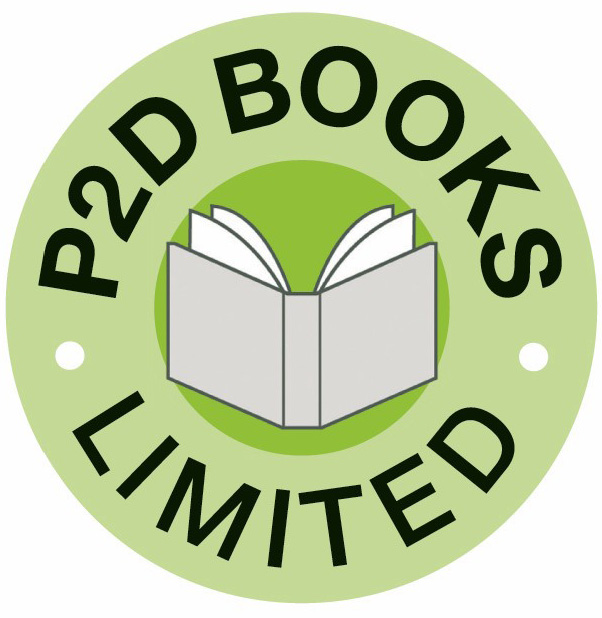A helpful guide to catalogue production
When it comes to displaying your products to new and existing customers, catalogues are the most crucial part of your marketing campaign. There is no better way to display the range and depth of products than a catalogue. Most people love to peruse a catalogue, and more often than not, this leads to future sales. It’s a must for any business wanting to sell more. And there is quite a lot to think about when it comes to choosing the right catalogue printing options for you. We’ve pulled together a helpful guide to help you on your way:
Paper stock
The choice of paper you use is seminal in the success of your catalogue. The type of products and images you have chosen to display will greatly affect the choice of paper stock to use. If you are looking to use full page pictures with heavy ink coverage, you want to make sure the paper stock you choose allows your images to pop – perhaps a glossy finish might work best in this case.
Along with the type of stock, you will need to give careful consideration to the weight of it. Catalogues with fewer pages might benefit from a heavier stock to create a thicker, sumptuous feel.
Size
The size of your catalogue depends a lot on how many products you have to sell, but also on how you are choosing to distribute your catalogues. Smaller catalogues are better designed for less products and detail, to give each item more stand out. And they will also help with mailing costs, as the bigger the size, the more it will cost to post. Investigate and play with the parameters of what you can afford before you make your final decision.
Coating
One of the easiest ways to create more stand out from the crowd with your catalogue production is to coat your pages. Whether that’s with gloss, matte or a satin finish, it will help to enhance your pages with a unique coating that your customers can touch and see. Coating also makes catalogues much more durable, preventing smudging on heavy ink pages and tears with lots of handling. This ensures your catalogue looks great after many a perusal.
Binding
Once you know the size of your catalogue, you can start to think about the best binding option for you. Saddle-stitched binding is great for catalogues because it allows readers to flip through and lay the pages flat where necessary. It is the most user-friendly option and it’s much more cost effective than any other binding method too! Saddle-stitching layouts work to a 4-page signature, so make sure you bear that in mind when designing your catalogue to prevent blank pages.
Printing
The final thing to consider is how to print your catalogue. The two main options are deciding between digital and offset printing. The choice is largely dependent on timings and additional requirements. Smaller catalogue runs, or catalogues with a quicker turnaround will benefit from digital printing. Whilst companies with specific printing requirements such as pantone brand colours, wood finishes, and fabric swatches would benefit from offset printing. It provides better control of colour specifications; and is better suited for catalogues with higher print runs too as the costs per catalogue reduce with higher numbers.
Choose Print2Demand
Catalogues are an essential and measurable part of any marketing strategy. If you want to make your catalogue a more effective part of your next campaign, consider using Print2demand for your next project.
We are an all round UK book printing company; offering book manufacturing and printing services, with experience in catalogue production. We work closely with publishers, self publishers and authors. We have a state of the art factory, complemented by our sales and marketing office in Westoning, Bedfordshire. We have invested in the very latest digital and litho printing technology, to integrate with a fully equipped craftsman bindery. The conclusion of which means we are offering both softback and hardback digital book printing to a very high standard of quality.
Start your catalogue production online or contact our team for more information.

